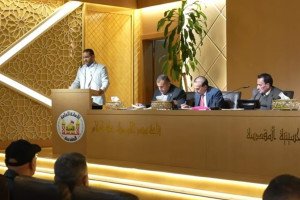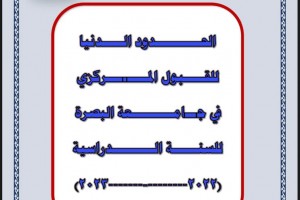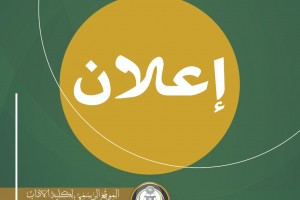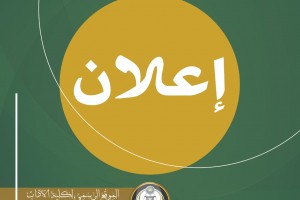

In light of the information revolution in the internet era, some old concepts and terms are no longer valid for describing the newly emerging phenomena. For example, it would be difficult to specify the signifiers of the term originality under the spread of the phenomenon of hybridity, consumption culture and velocity of updating. Seeking quality, product quality and the standard trade-mark. There have become degrees for originality and also looking at many scientific facts as relative facts.
In addition, some terms should be reviewed when we talk about e-learning. In the past, the term 'cheating' inside the exam hall meant: a student brings a piece of information with him in paper clips including the important points or he/she stealthily takes things from the text-book while proctors are busy running the exam. Recently, students managed to use smart devices in cheating, e.g. using microphone connected to his phone, and thus he/she gets the information required.
The basic aim behind using the traditional exam is to evoke the piece of information of the text book, which he/ she sends back to his teacher in his exam sheet. While the e-exam which depends on the teacher's technique differs because the information required is at hand for the student. In addition, the traditional exam tests the student's memory capacity and its retrieving at exams, whereas the e-exam focuses on the student's technical and scientific skills in manipulating this information and in dealing with it. Accordingly, the concept of 'cheating' changes now in relation to its identification and the criteria of assessing the students' answers because he does not exert that effort to get the information required. The teacher and the internet are both the source of that information. Thus, the teacher in his assessment should adopt the following points:
1. Was the student able to manipulate the information properly in terms of the question?
2. Was the information arranged in an original academic style cohesively and coherently?
3. Could the student convey the information from its source and reproduce it in his own language and style?
4. Was the student able to examine that information properly?
5. Was the student able to give his opinion to support or defend other views of that information?
6. Was he able to formulate his answer academically?
7. Did the student add new information not mentioned in his teacher's classes?
8. Was the student able to acquire new skills and experiences in light of the modern information technology?
9. Furthermore, it is equally important that the basic aim of sitting to exams is testing the student's ability to run the issue of time and how to finish his answer within the required time. Thus, a teacher should finalize his questions in this way: generally was the student able to handle all these conditions within the required exam time and that he makes an effort in that?
10. In order to make the student ready, we should review our traditional methods of teaching and curricula regardless of the exam is by attendance or electronically. In this way, students are motivated to be familiar with this sort of learning by providing them with the required skills and raise their awareness in dealing with this information and how to utilize it within the specified amount of time.







